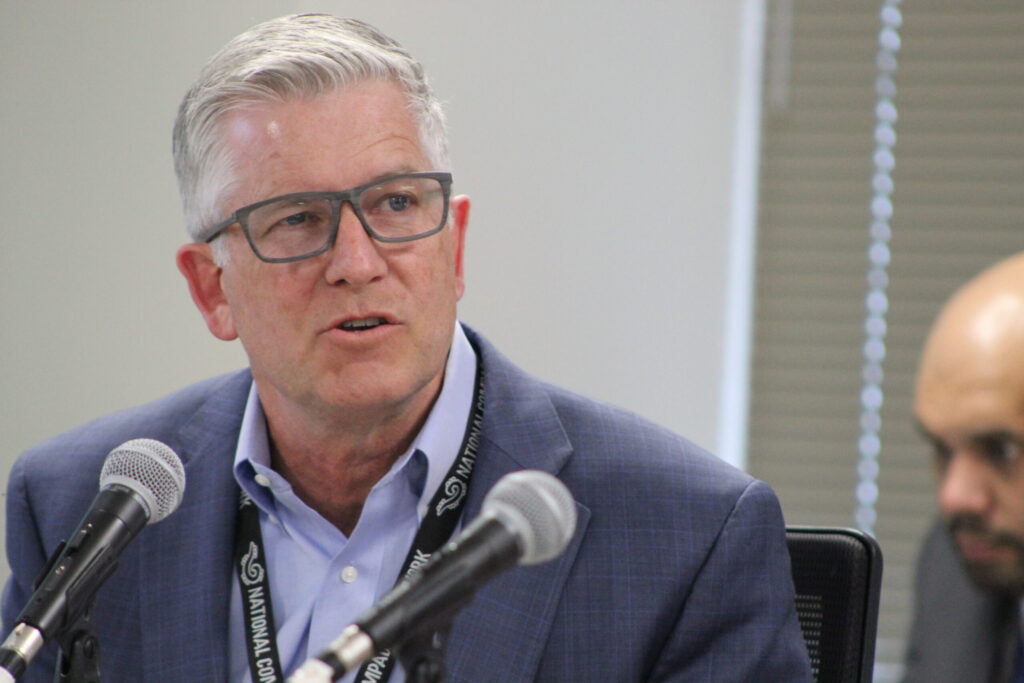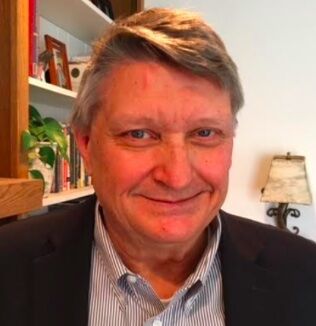Denver Gazette: Little hope for a third party in Colorado

If a truly viable third political party ever were to emerge in the U.S., Colorado would offer as good a test market as any state. The state’s unaffiliated voting bloc — which has mushroomed to a once-unimaginable 45% of all registered voters — dwarfs the percentage of either registered Democrats at 28% or Republicans at 25%. Colorado in fact has one of the highest percentages of unaffiliated voters of all the states.
And yet, Democrats, even with only a tad more than a fourth of the electorate, hold all of Colorado’s statewide elected posts in state government; control both chambers of the legislature, and occupy the state’s two U.S. Senate seats.
Republicans, by the same token, are said to have realistic prospects this November of retaking the state Senate and maybe one of our U.S. Senate seats. The races in a couple of the state’s congressional districts appear to be a dead heat between the two parties, and the GOP is even hoping to unseat one or more of the Democrats holding statewide office in state government.
Why is no third party on the verge of winning those posts? Not fringe movements like Greens or Libertarians; they never have had any real carrying capacity on the ballot. Rather, a bona fide party capable of winning statewide or even national office. With such a commanding plurality of Colorado’s electorate declining to join either of the two major parties, it’s only natural to wonder why some “third way” isn’t waiting in the wings to woo voters.
The question arises every campaign cycle, and political sages Tom Cronin and Bob Loevy took it up last week in their latest column in The Gazette and our affiliate, Colorado Politics. The tag team of retired political science professors from Colorado Springs’ esteemed Colorado College — Cronin is a Democrat and Loevy a Republican — offer some insights.
They recap some of the prominent third-party presidential candidacies that either were built around a personality or were motivated by disenchantment with the two major parties’ candidates. What was lacking was a distinct, lasting platform of ideas that could take root. Hence, Teddy Roosevelt’s Bull Moose Party bid for the presidency in 1912 — after he already had served as a Republican president; Illinois U.S. Rep. John Anderson’s attempt as a centrist in 1980, and billionaire Ross Perot’s bid in 1992 and, as a Reform Party candidate, in 1996, served mostly as spoilers taking votes from one or the other major-party candidate.
Cronin and Loevy also note how state election laws, including Colorado’s, make it more difficult for third-party candidates to get on the ballot. And perhaps a higher hurdle is that the two major parties can be effective at cannibalizing third-party ideas to steal their thunder.
“The political reality is that third parties have limited prospects in the near term,” they write. “When third parties occasionally generate popular and constructive ideas, one of the major parties gradually modifies those ideas into their own platform, sometimes as soon as the next election. Richard Nixon did this with some of George Wallace’s ideas. In 1968, Wallace stole enough votes from Democrat Hubert Humphrey that Nixon won a close race for the presidency.”
To which we’d add this: Even if unaffiliated voters don’t identify with Democrats or Republicans, maybe they’re more or less satisfied with the range of candidates and ideas the two parties offer them on the ballot. And without the bias of party affiliation, unaffiliated voters are happy to choose as they see fit.
Colorado’s unaffiliated voters are a formidable bloc. Both parties know it — and are courting them more ardently than ever.
Denver Gazette Editorial Board













